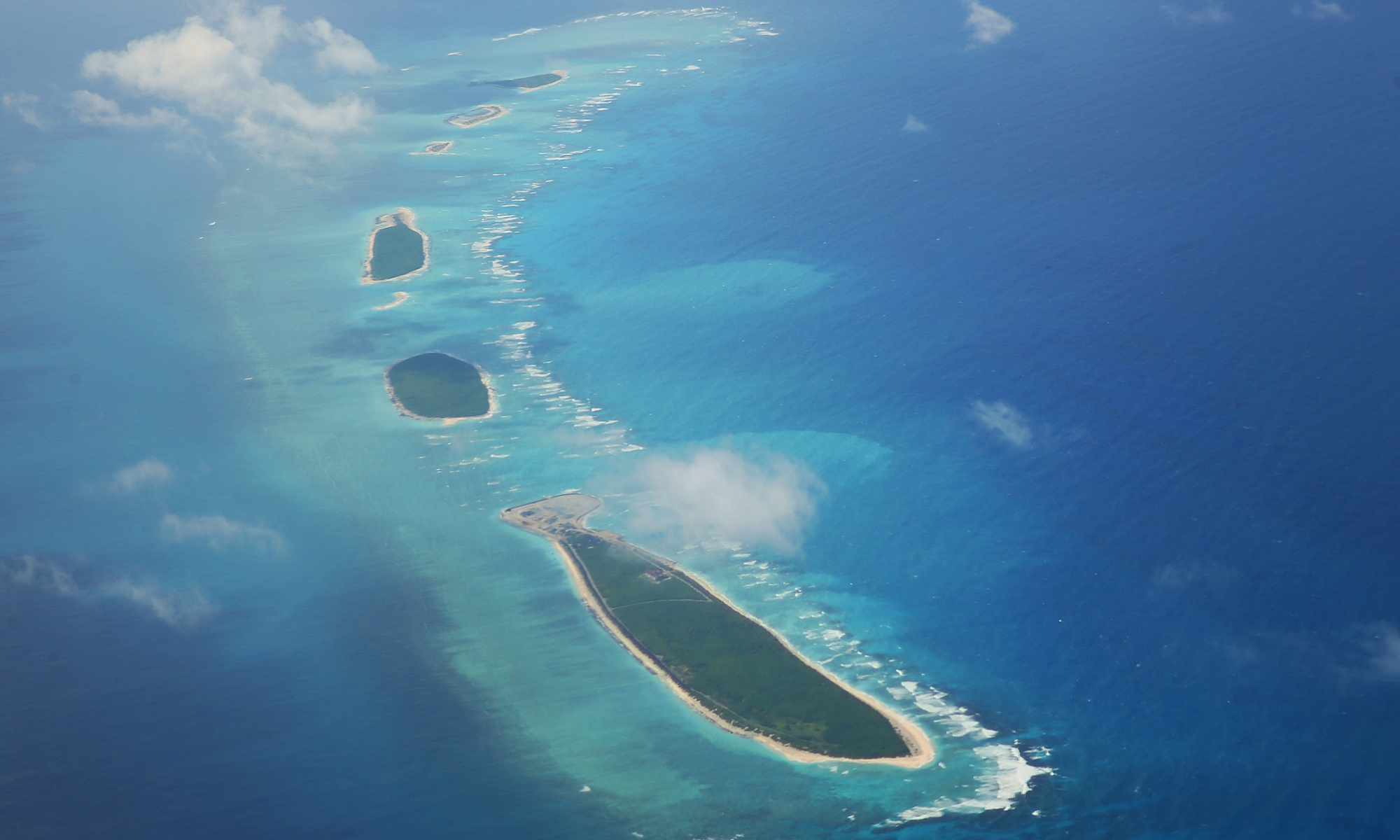- ABSTRACT
This paper delves into India’s growing role in the Indo-Pacific region, with a special focus on its role in the South China Sea. The concept of Indo-Pacific is an evolving concept that has taken a central stage in every major country’s foreign policy, which is a reflection of this region’s growing prominence, as it contains the world’s most dynamic economies, shipping lanes, maritime biodiversity, and resources. This new concept sees the Indian Ocean and the Pacific Ocean as a single strategic theater. India, an ancient civilisational state realizes the importance this region will play in fulfilling its future aspirations.
This paper acknowledges the historical transition from the concept of Asia-Pacific to the concept of Indo-Pacific and the various visions of different countries for the Indo-Pacific. At the heart of the Indo-Pacific lies the South China Sea. This sea is particularly characterized by huge maritime resources, oil and natural gas reserves, fisheries, etc. This is also a significant global shipping route, with a vital bulk of global trade passing through here. All this has made this region a flashpoint for various territorial disputes, particularly with China. This region is also a flashpoint for strategic rivalry between the USA and China. India’s approach toward this region is examined including its various agreements and engagements with key countries in the region to ensure Indian interests are taken care of and militarisation of the region is avoided. This paper underscores various strategic and economic opportunities that India should focus on while addressing various challenges it faces like China’s increasing assertiveness, lack of implementation of international law and treaties like UNCLOS, and poor regional connectivity, etc.
The role of QUAD is central to India’s Indo-Pacific strategy to ensure a free and open Indo-Pacific. India’s support in debt restructuring and climate change mitigation for developing nations is appreciated in this paper. Furthermore, Indian initiatives like the Indian Ocean Rim Association (IORA), and Information Fusion Center (IFC-IOR) are examined for their contribution towards promoting regional cooperation and inclusivity. The paper concludes with various recommendations for India’s future role in the Indo-Pacific, including enhancing its capability as a net security provider in the region, taking the lead in climate action and disaster relief, supporting the debt-ridden economies of the region, securing sea lanes of communication and to collaborate with the private sector to remain engaged in the geoeconomics of the region as well.
-
Introduction
Any leading nation that aspires to be a superpower has to play a central role in the international arena. India is a civilisational state, with cultural and historical linkages throughout the world. Nowhere these linkages will be more important in the future than Indo-Pacific. Indo-Pacific is a relatively new concept in itself, becoming more significant for every major country’s foreign policy every passing day due to the changing realities of the world order. It is based on the idea that the Indian Ocean and the Pacific Ocean are part of just one single strategic theater and are linked. Though the term Indo-Pacific has been in use for quite some time, the credit for popularizing the concept should be given to former late Japanese Prime Minister Shinzo Abe, who used this term in his 2007 address to the Indian parliament.
Before this, the concept of Asia-Pacific was in common use, not surprisingly countries like China, which opposed the idea of Indo-Pacific still prefer to use this old term only.
As stated by Dr. S Jaishankar, India’s Minister of External Affairs, “So far, we think about the Indian Ocean whenever we think about oceans. This is the limitation of our thinking that we talk about the Indian Ocean whenever we talk about maritime interests. But more than 50 percent of our trade goes towards the East, towards the Pacific Ocean. The line between the Indian Ocean and Pacific Ocean is only on the map, exists on an atlas, but there is no such thing in reality…We should go beyond the historical lines in our thinking, because our interest has increased. Indo-Pacific is a new strategic concept going on in the world.’’
3. CONCEPT OF INDO-PACIFIC
3.1 Meaning
To better understand the idea and concept of Indo-Pacific as it exists today, it is important to understand the idea of Asia-Pacific, which the new concept seeks to replace. The word Asia Pacific has been used to refer to a geographical area, encompassing both Asia and the Pacific Ocean. However, unlike Indo-Pacific which is used for strategic and security-oriented theaters, Asia-Pacific has been mostly used for geo-economics of the day as this was the region of highest growth and rapidly developing economies. The emergence of China, and the growing differences between the Western world and China, along with the great power rivalry between the United States and China, has led to the popularization of the term Indo-Pacific. Thus, it shouldn’t be surprising that powers like Russia and China are against the concept of Indo-Pacific and see it through the lens of the US trying to control and interfere in the Chinese periphery to contain China.
3.2 Divergences and convergence in different visions of the Indo-Pacific
Every major player in the Indo-Pacific, be it the United States, China, India, Japan, ASEAN, and Australia, have some divergences and convergences in their version and vision of the Indo-Pacific. The country that has a major issue with the concepts of the Indo-Pacific itself, is China. China sees the concept of Indo-Pacific as an US idea to control China’s rise and contain it in a region in which it has been historically dominant, i.e. the South China sea and the larger Asia and parts of the Indian ocean as well. Countries like India, welcome the idea of Indopacific, for it allows them to play a central role in the latest and most prominent strategic region in the world. Every western country’s Indo-Pacific strategy puts India at the center stage, this is in line with India’s aspiration to be a Vishwa guru in the emerging new world order.
Other major powers, like ASEAN, Australia, and Japan have also been welcoming to the concept of Indo-Pacific for it provides them with a greater sense of safety with an increased US role against China’s aggressive territorial claims and assertive behavior in the region.
Click Here To Download The Paper


📌Analysis of Bills and Acts
📌 Summary of Reports from Government Agencies
📌 Analysis of Election Manifestos

